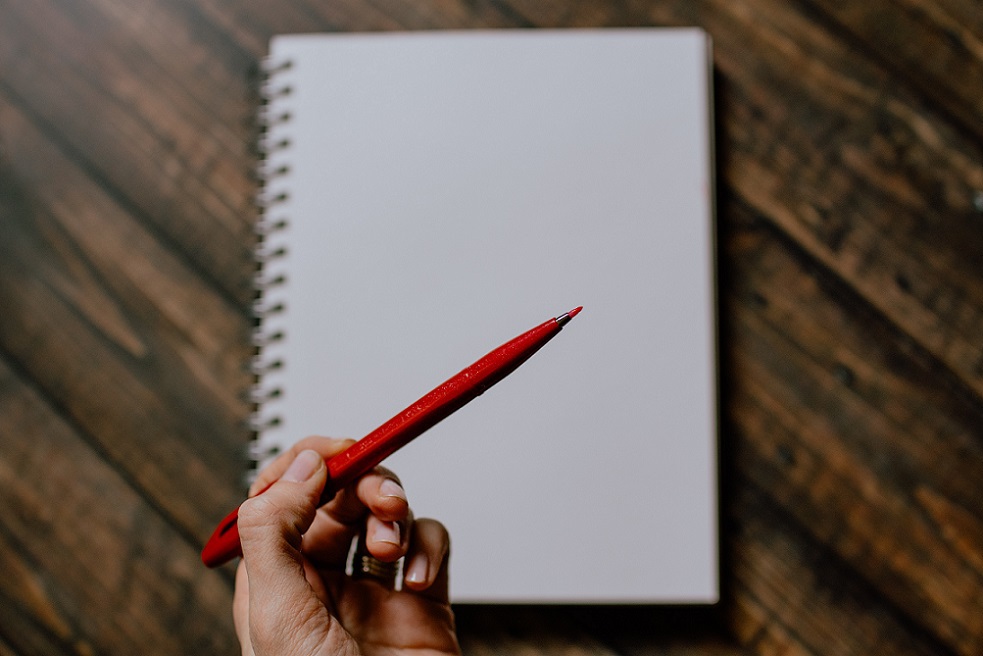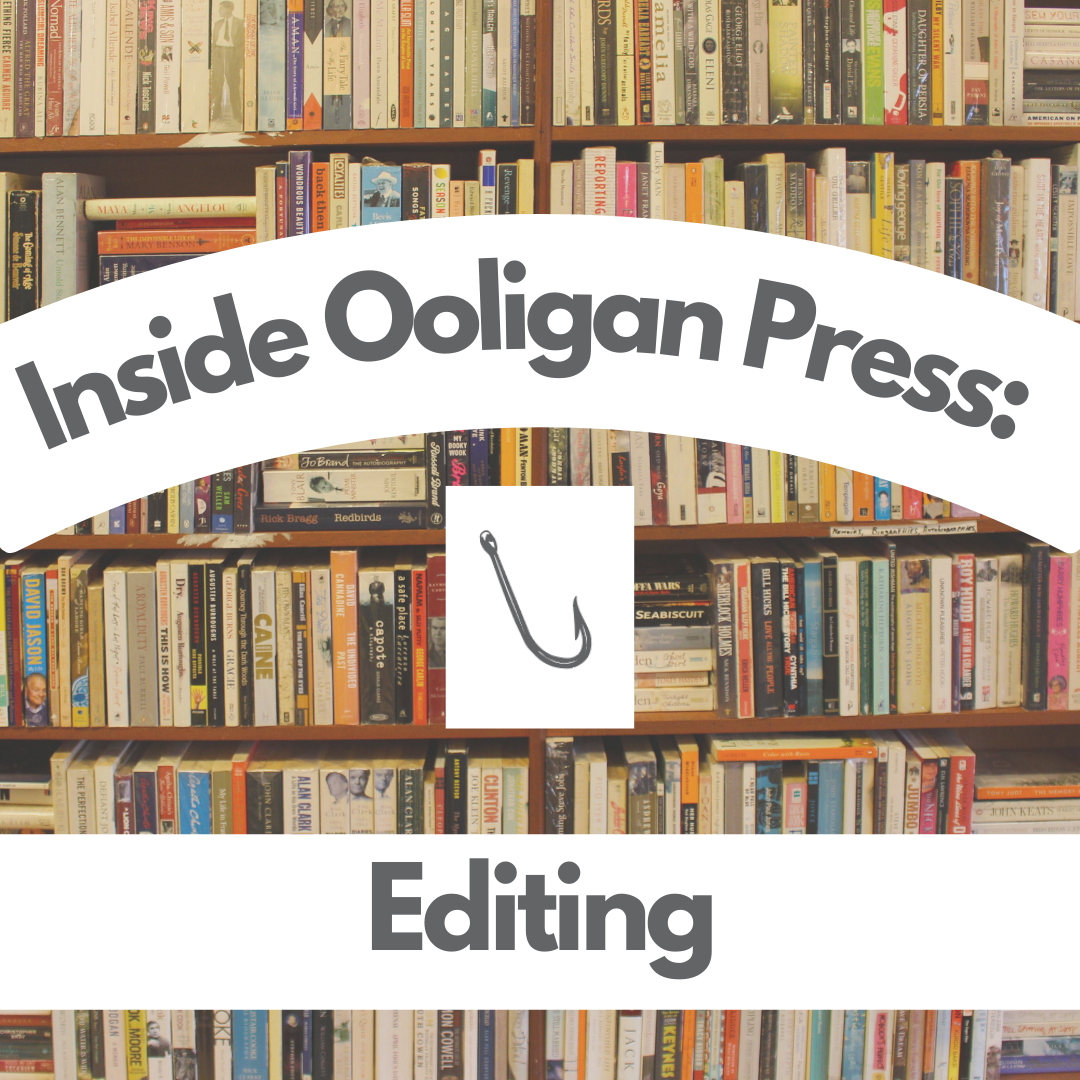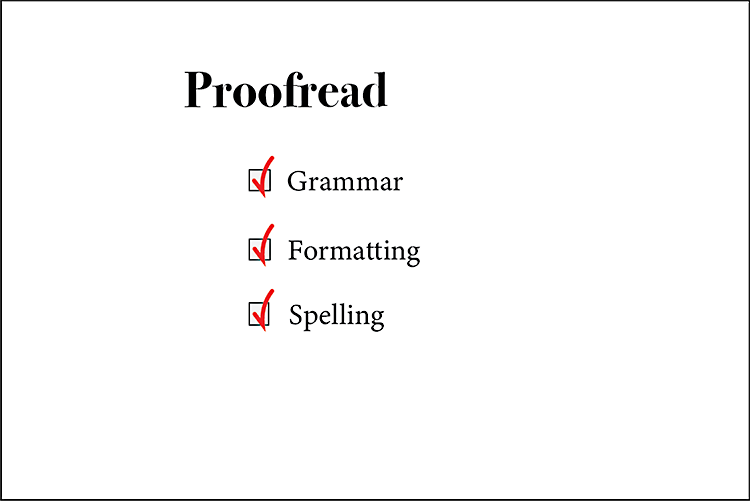AWEsome Editing
Automated writing evaluation (AWE) software such as Grammarly, Bartleby, and Microsoft Word’s spellchecker can’t replace human editors, but they can be used in conjunction with traditional editing to increase productivity and allow the human editor to focus on more individualized feedback.




